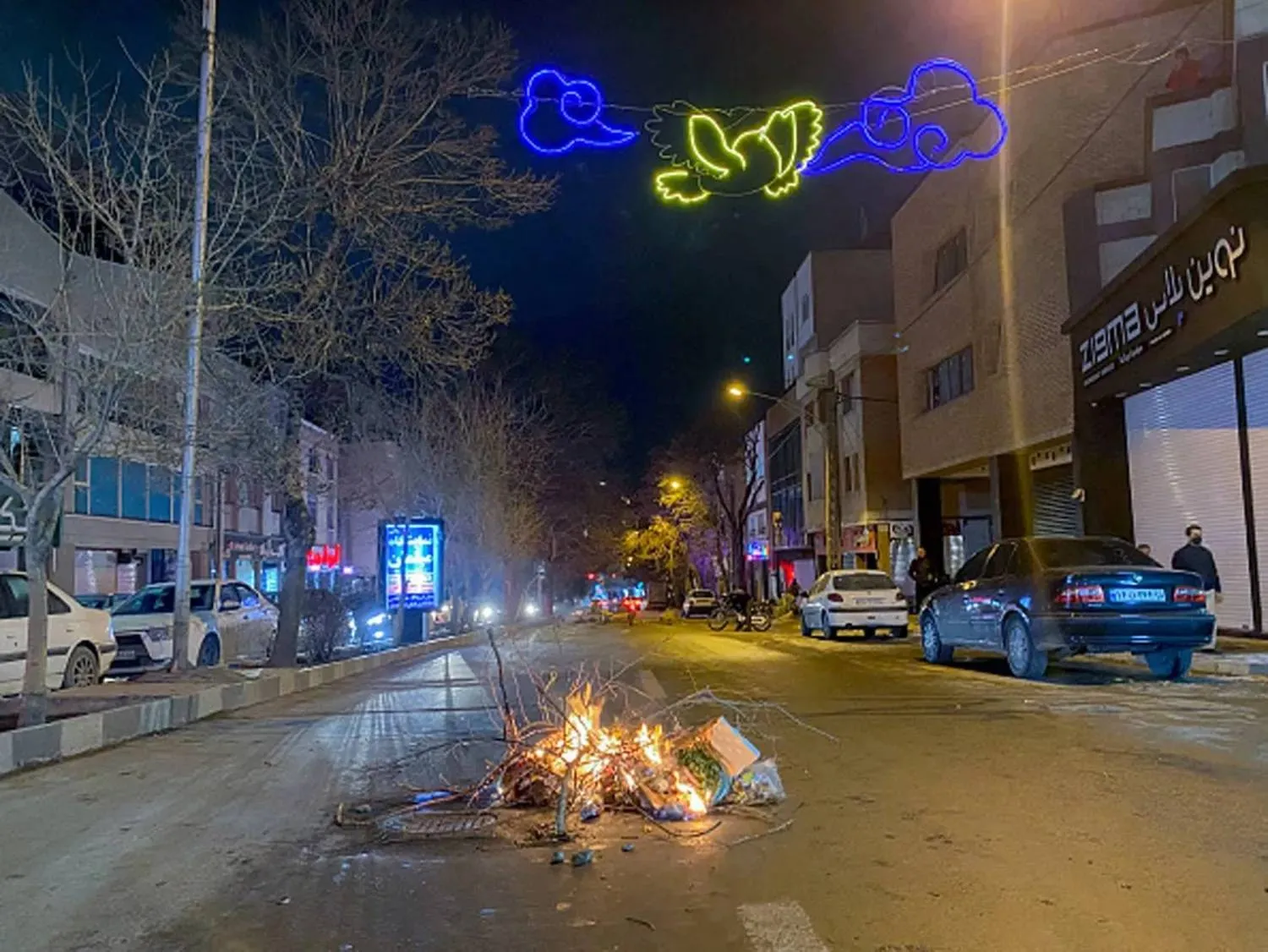The al-Hol camp in northeastern-most point in Syria is home to thousands of refugees, the majority of whom are Iraqi women and children. Some came there willingly, while a few sought refuge after fleeing their homeland when the ISIS extremist group swept through the region. Others were forced to flee to the camp when the pro-Iran Popular Mobilization Forces (PMF) in Iraq fought back against the terror group.
Al-Hol also houses the families of ISIS members. These families make up the majority of the residents, who came to the camp after the group lost its territories in Iraq and Syria in spring 2019. Iraqis make up some 40,000 of al-Hol’s 68,000 residents. The camp is home to women and children who have been abandoned by ISIS fathers, who headed to the battlefronts where they were either killed or captured. Little is known of the ISIS prisoners after the Baghdad government abandoned them. They are currently held in jails run by the US-backed Kurdish Democratic Forces (SDF).
Iraqi family
Shayma hails from the Iraqi city of Mosul. Now in her 50s, she fled the city with her family in summer 2015. Her husband and son, both members of ISIS, were killed. She escaped with what remained of her family to the Syrian border city of al-Qaim. After heavy fighting broke out there, she entered Syria and sought refuge in the village of Abou Hamam in the northern Deir Ezzor countryside. She moved from town to town until she and her family of five reached al-Hol.
She now lives in a tent that does little to keep out the bitter winter cold and scorching summer heat. She lives there with her three daughters and two sons, aged 10 and 5. Asharq Al-Awsat toured the sparsely furnished tent. In one corner, Shayma set up a makeshift kitchen, in another, she set up a bathroom, which is separated from the rest of the tent with a dark grey curtain. The rest of the tent is styled in traditional Arab furnishings.
Her oldest daughter, Haifa, 30 told Asharq Al-Awsat that she is married to an ISIS member who is still in the field. “I don’t know anything about him. He may have been killed,” she said, adding that she has a child with him. She was born in Syria’s Baghouz, where ISIS made its last stand in the war-torn country. She is now a year and two months old.
Another sister, Wadad, married a Moroccan ISIS fighter when she was only 14 years old. He was killed in the battle of Hajin two years ago. Now 17, she gave birth to a child from him a year ago. With tears in her eyes, she expressed her conflicting feelings: “I don’t know what to tell my child when she grows up. Who was her father? How was he killed? Will I list the areas we sought refuge in to flee the fighting?”
Al-Hol was set up in the late 1990s to house 20,000 people. The number of its residents ballooned after the battle for Baghouz and now it holds 70,000 people in the arid Syrian desert, some 30 kilometers from the Iraq border.
Anger and questions
The camp has become a hotbed of anger and unanswered questions. Iraqi women wander a market, shouting loudly: “Where are our husbands? Why don’t they release them? Why won’t the Baghdad government take us back?”
As of 2018, more than 50,000 Iraqis had voluntarily returned to their homes, revealed Adnan al-Obeidi, head of the Iraqi refugee council in al-Hol. However, a year and a half ago, Iraqi authorities have been refusing to take in any more refugees. The camp management said more than 20,000 want to go back home, but only under the supervision of United Nations and international humanitarian agencies out of their fear of reprisals from the PMF, which controls several Iraqi regions.
Obeidi revealed that his office has handed the Baghdad government a list with the names of refugees. The list was submitted through the UN High Commissioner for Refugees and International Committee of the Red Cross and “each time, we receive approval to return the refugees, but the process is always aborted for unknown reasons.”
Camp director Majida Amine told Asharq Al-Awsat that diplomatic coordination was ongoing between the autonomous authority in northeastern Syria and the Iraq government. Various pledges were made to allow the refugees to return to their homes. In early 2019, Iraq stopped receiving refugees willing to go back home. She said Iraq was to blame for the halt. “We have submitted lists of voluntary refugees months ago and we have yet to receive approval.”
She described the situation in al-Hol as “very difficult and disastrous” because tens of thousands of people were in dire need of help. Many have witnessed atrocities, war and indescribable suffering, both physical and psychological. The Iraqis need safety, shelter, food and health care that is lacking in the camp.









